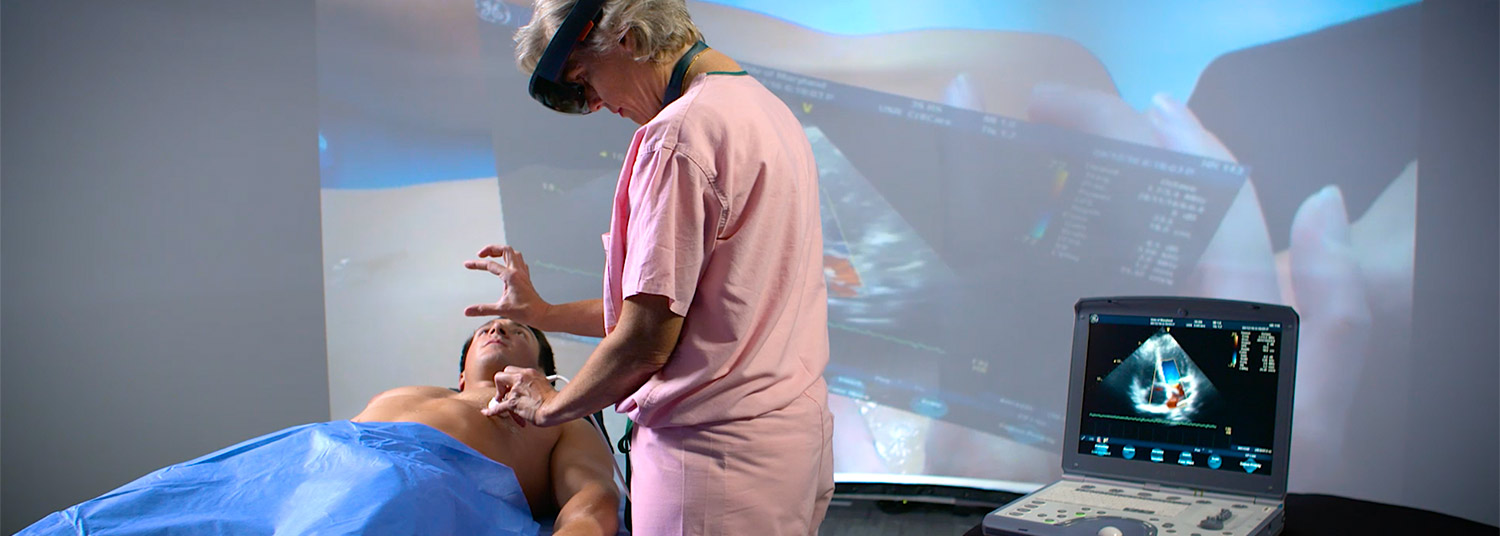May 06, 2022 | Deborah Kotz
National Science Foundation Provides $4.75 Million to UMSOM and Others to Form a University, Industry, and Federal Government Collaboration
UMSOM faculty are partnering with University of Maryland College Park (UMCP) computer scientists and engineers and University of Michigan physician-scientists to establish MIXR. They will also receive expertise and funding from Google, Microsoft, Meta (formerly known as Facebook), among others to develop, test, and certify extended reality technologies for use in medicine and health care.
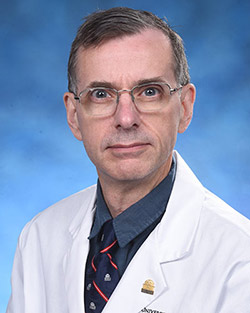
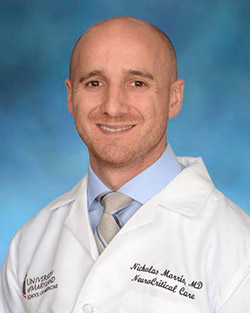
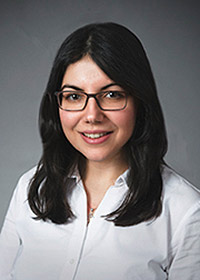
The initial work started in the Maryland Blended Reality Center (MBRC) which Dr. Murthi launched in 2017 with Amitabh Varshney, PhD, Professor and Dean of the College of Computer, Mathematical, and Natural Sciences at UMCP. Funding for this initial effort came from MPowering the State, the strategic partnership between UMCP and the University of Maryland, Baltimore. Dr. Varshney serves as the lead-site principal investigator on the MIXR project.
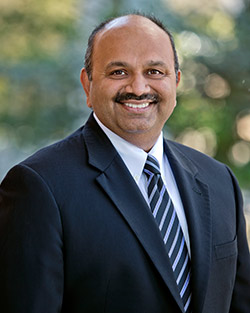
Dr. Varshney and his colleagues at UMCP will soon unveil a “HoloCamera” studio, where more than 300 immersive cameras are fused together, creating a unique 3-D visualization technology. The aim is to create a holographic type of image to assist in the training of health care practitioners conducting intricate medical procedures.
In 2018, Murthi and Varshney co-authored an op-ed in the Harvard Business Review that detailed how augmented reality could improve patient care and lower costs in hospital settings. They also teamed up with the Maryland Institute College of Art to test a virtual reality platform that can help patients deal with physical and emotional trauma through immersion in another world with a focus on quadriplegic patients who are hospitalized with acute spinal cord injury.
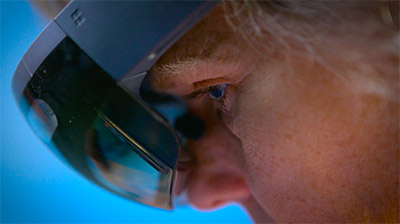 Dr. Murthi also plans to continue her collaboration with Toby Guerin, Associate Director for the Center for Dispute Resolution at UMB Carey Law School on developing virtual reality interventions to improve empathy and understanding between police and community members as an innovative form of violence reduction.
Dr. Murthi also plans to continue her collaboration with Toby Guerin, Associate Director for the Center for Dispute Resolution at UMB Carey Law School on developing virtual reality interventions to improve empathy and understanding between police and community members as an innovative form of violence reduction.
The award is part of NSF’s Industry-University Cooperative Research Centers (IUCRC) program, designed to jumpstart breakthrough research by enabling close and sustained engagement between industry innovators, world-class academic teams and government agencies.
Behrooz Shirazi, acting deputy division director of the NSF’s Division of Computer and Network Systems and a program director for IUCRC, called MIXR one of the first national centers at the intersection of medical and computing sciences. “We expect this vibrant collaboration to produce significant societal and health care impacts,” he said.
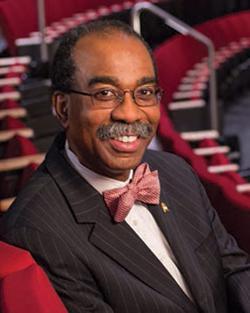
Another key partner in the MIXR initiative will be regulatory experts at the FDA, who will provide input and review of the new technologies to ensure that they are safe and effective for patient use.
“We are so grateful to NSF for their support of this important collaboration. Together with our colleagues in academia, industry and government, we can advance state of the art medical technologies and provide faster benefits to patients,” said Dean E. Albert Reece, MD, PhD, MBA, Executive Vice President for Medical Affairs, UM Baltimore, and the John Z. and Akiko K. Bowers Distinguished Professor and Dean, University of Maryland School of Medicine.
About the University of Maryland School of Medicine
Now in its third century, the University of Maryland School of Medicine was chartered in 1807 as the first public medical school in the United States. It continues today as one of the fastest growing, top-tier biomedical research enterprises in the world -- with 46 academic departments, centers, institutes, and programs, and a faculty of more than 3,000 physicians, scientists, and allied health professionals, including members of the National Academy of Medicine and the National Academy of Sciences, and a distinguished two-time winner of the Albert E. Lasker Award in Medical Research. With an operating budget of more than $1.3 billion, the School of Medicine works closely in partnership with the University of Maryland Medical Center and Medical System to provide research-intensive, academic and clinically based care for nearly 2 million patients each year. The School of Medicine has nearly $600 million in extramural funding, with most of its academic departments highly ranked among all medical schools in the nation in research funding. As one of the seven professional schools that make up the University of Maryland, Baltimore campus, the School of Medicine has a total population of nearly 9,000 faculty and staff, including 2,500 students, trainees, residents, and fellows. The combined School of Medicine and Medical System (“University of Maryland Medicine”) has an annual budget of over $6 billion and an economic impact of nearly $20 billion on the state and local community. The School of Medicine, which ranks as the 8th highest among public medical schools in research productivity (according to the Association of American Medical Colleges profile) is an innovator in translational medicine, with 606 active patents and 52 start-up companies. In the latest U.S. News & World Report ranking of the Best Medical Schools, published in 2021, the UM School of Medicine is ranked #9 among the 92 public medical schools in the U.S., and in the top 15 percent (#27) of all 192 public and private U.S. medical schools. The School of Medicine works locally, nationally, and globally, with research and treatment facilities in 36 countries around the world. Visit medschool.umaryland.edu
Contact
Deborah Kotz
Senior Director of Media Relations
Office of Public Affairs & Communications
University of Maryland School of Medicine
Email: DKotz@som.umaryland.edu
o: 410-706-4255
c: 410-804-0054
t: @debkotz2
Related stories
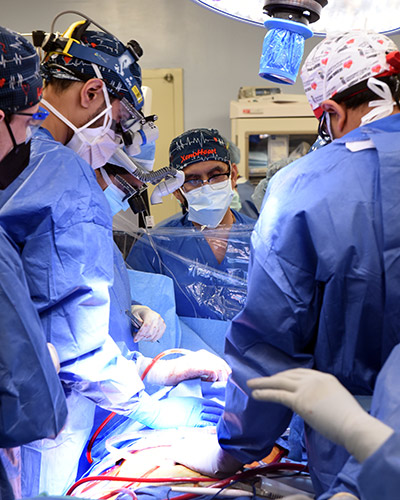
Monday, January 10, 2022
University of Maryland School of Medicine Faculty Scientists and Clinicians Perform Historic First Successful Transplant of Porcine Heart into Adult Human with End-Stage Heart Disease
In a first-of-its-kind surgery, a 57-year-old patient with terminal heart disease received a successful transplant of a genetically-modified pig heart and is still doing well three days later. It was the only currently available option for the patient. The historic surgery was conducted by University of Maryland School of Medicine (UMSOM) faculty at the University of Maryland Medical Center (UMMC), together known as the University of Maryland Medicine.
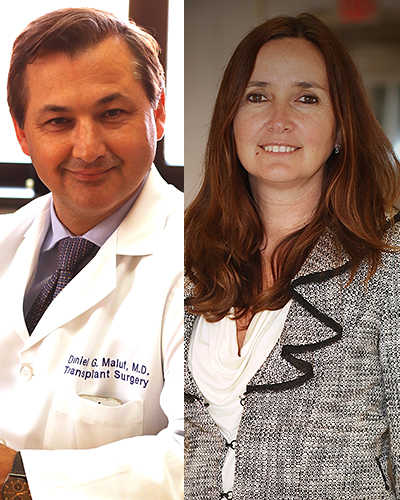
Thursday, July 16, 2020
University of Maryland School of Medicine Recruits Two Preeminent Multi-Organ Transplant Professionals to Build on Legacy of Leadership in Transplantation
University of Maryland School of Medicine (UMSOM) Dean, E. Albert Reece, MD, PhD, MBA, and Christine Lau, MD, MBA, The Dr. Robert W. Buxton Chair of Surgery at UMSOM, announced today the hiring of two internationally-renown transplant professionals: a surgeon scientist and a transplant scientist. The unique pair of transplant professionals provides UMSOM with a powerful combination of leadership in both clinical surgery and surgical science.
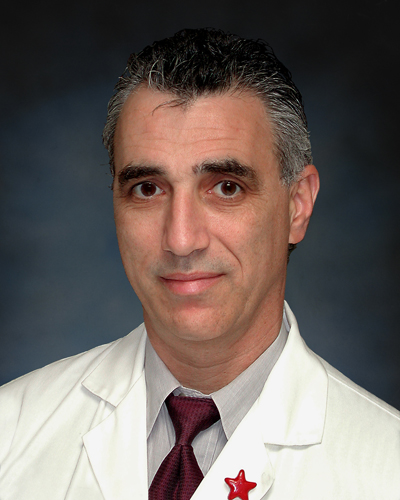
Wednesday, January 04, 2017
Honoring a Hero: Dr. Thomas Scalea, Physician-in-Chief at the R Adams Cowley Shock Trauma Center, Marks 20 Years at the University of Maryland
Under his leadership, Shock Trauma has grown tremendously – from the construction of the cutting-edge Critical Care Tower to the expansion of hands-on training opportunities for physicians, nurses and medical students.

